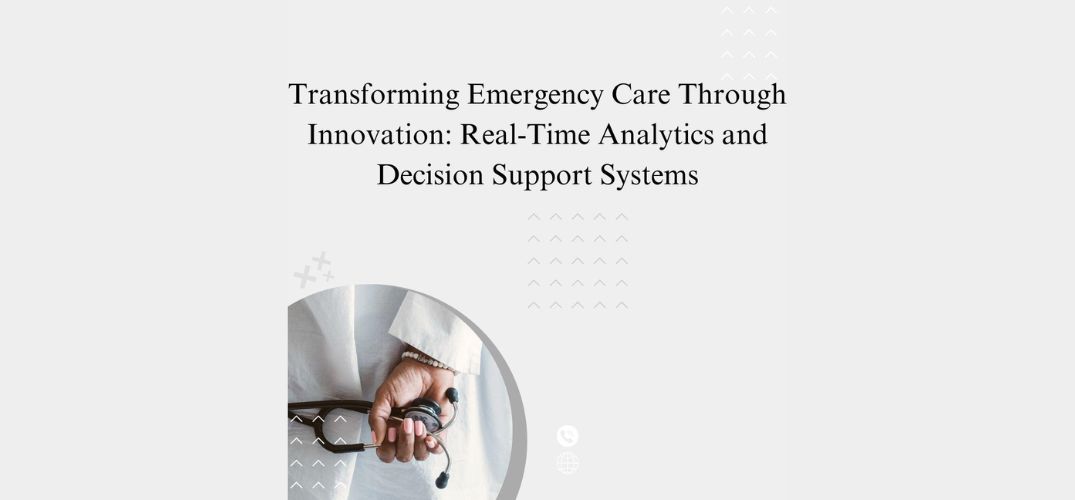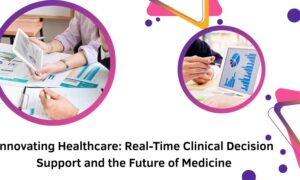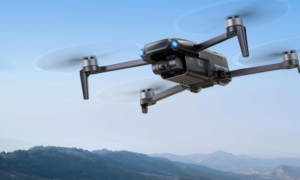In today’s rapidly advancing digital landscape, Santhosh Kumar Pendyala highlights a transformative era in emergency care through his exploration of real-time analytics and Clinical Decision Support Systems (CDSS). These innovations are redefining emergency care by enabling faster, data-driven clinical decisions, enhancing patient safety, and optimizing workflows. His work underscores the potential of these technologies to set new benchmarks in healthcare delivery and operational
A New Era in Emergency Medicine
Emergency departments operate under immense pressure to provide life-saving care in increasingly challenging conditions, characterized by rising patient volumes, complex cases, and critical time constraints. Real-time analytics has revolutionized this environment by becoming an indispensable tool for rapid, accurate decision-making. By harnessing advanced algorithms, these systems process massive volumes of clinical data in real time, delivering actionable insights to healthcare providers. This empowers clinicians to anticipate critical care needs with exceptional accuracy, significantly reducing diagnostic errors, improving intervention times, and enhancing patient outcomes.
Harnessing Data for Better Care
At the heart of this healthcare transformation is the integration of artificial intelligence (AI) and machine learning (ML) algorithms, which process vast amounts of structured and unstructured data to identify critical early warning signs of patient deterioration. These technologies enable precise predictions, allowing timely interventions that significantly improve outcomes. For example, advanced analytics systems have reduced sepsis-related mortality by 43%, showcasing their life-saving potential. Their impact is especially profound during high-volume emergencies or mass casualty events, ensuring consistent, high-quality care delivery.
The Intelligence Layer: Clinical Decision Support Systems
CDSS serves as the brain of this technological ecosystem, translating raw data into actionable insights. Knowledge-based systems rely on evidence-based protocols, offering real-time alerts for medication safety and appropriate treatment recommendations. Meanwhile, non-knowledge-based systems leverage ML to analyze historical patient data, achieving prediction accuracies exceeding 90% for critical outcomes. Hybrid systems that combine these approaches deliver even greater benefits, improving adherence to care protocols and reducing hospital stays.
Revolutionizing Workflows with Smart Systems
The implementation of real-time analytics and CDSS extends beyond individual cases to optimize overall emergency department operations. Institutions adopting these technologies report significant improvements in patient flow, resource utilization, and staff efficiency. By reducing emergency department length of stay by over 18%, these systems address both clinical and operational challenges, ensuring timely care delivery without compromising quality.
Overcoming Challenges for Seamless Integration
Despite their transformative potential, implementing these systems is not without challenges. From alert fatigue to data standardization issues, hospitals must navigate several barriers to unlock the full potential of real-time analytics and CDSS. Collaborative efforts, including clinician engagement and robust AI governance, are critical to addressing these hurdles. Investments in automated data quality monitoring and transparent decision-making models have proven essential in fostering trust and adoption among healthcare professionals.
Pioneering Technologies Driving the Future
The technology stack underpinning these innovations includes Fast Healthcare Interoperability Resources (FHIR), deep learning frameworks, and advanced visualization platforms. These tools enable seamless data sharing, predictive modeling, and intuitive interfaces that enhance clinical decision-making. By integrating augmented reality and 3D visualization technologies, emergency care teams can interact with patient data in unprecedented ways, reducing decision-making time and improving outcomes in complex cases.
The Road Ahead: Personalized Emergency Care
Looking to the future, the integration of multimodal data—encompassing physiological, imaging, and historical records—will drive the next wave of personalized emergency care. AI-powered predictive analytics promise to improve patient triage and resource allocation, ensuring optimal care even in resource-constrained environments. As these systems evolve, their impact will extend from individual patient care to broader public health applications, setting new standards for clinical excellence.
In conclusion, Santhosh Kumar Pendyala’s insights highlight the transformative impact of real-time analytics and Clinical Decision Support Systems (CDSS) in redefining emergency medicine. By integrating advanced technologies such as AI, machine learning, and real-time data processing, these innovations break traditional barriers, improve diagnostic accuracy, and enhance patient outcomes. His work exemplifies the critical role of innovation in tackling the complexities of modern healthcare, setting a new benchmark for precision, efficiency, and patient-centered care in emergency settings.



































